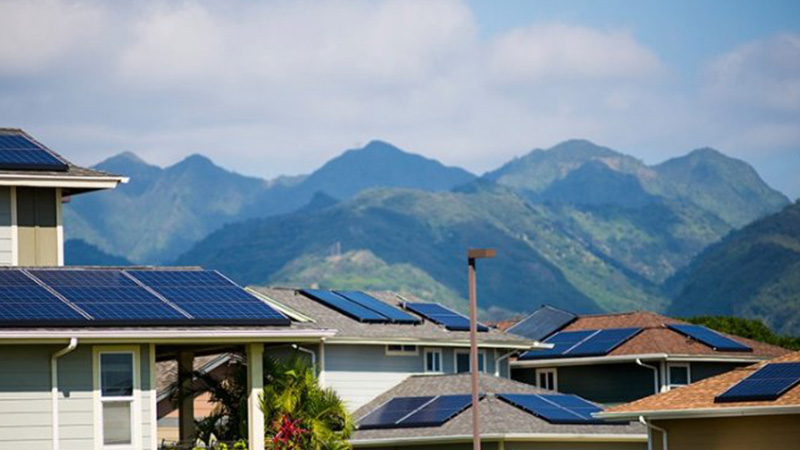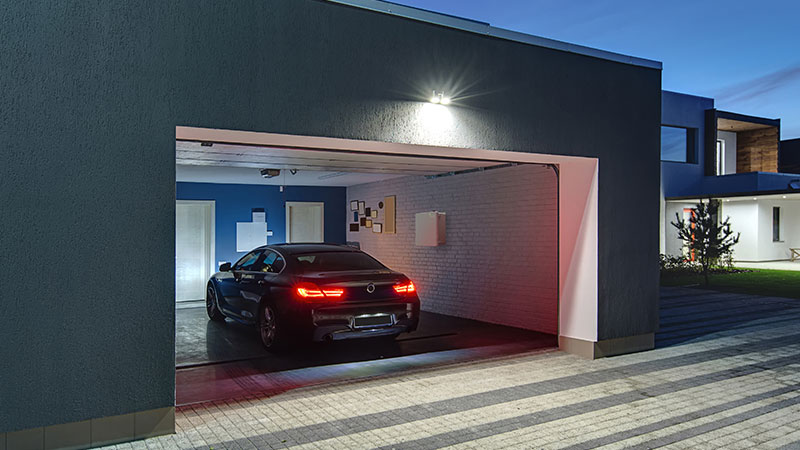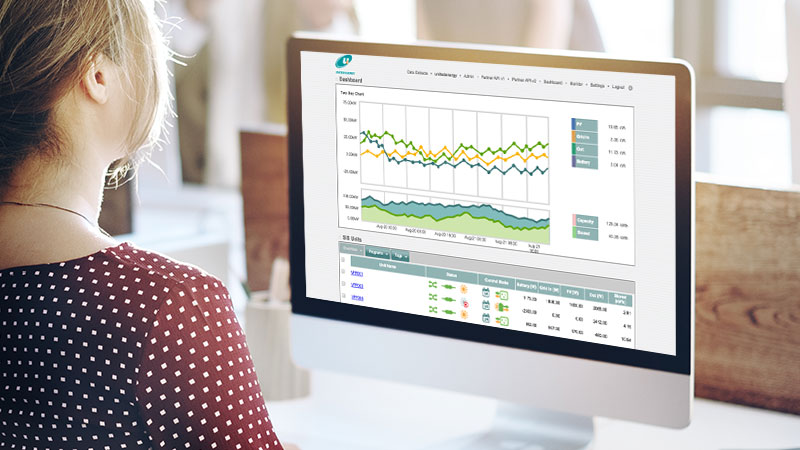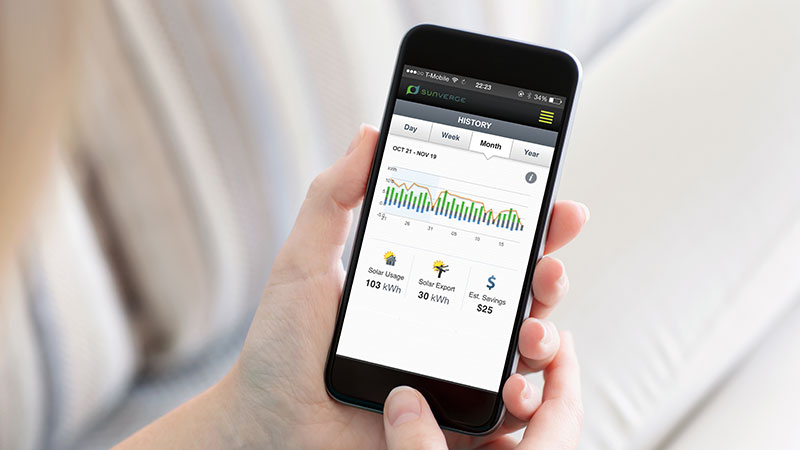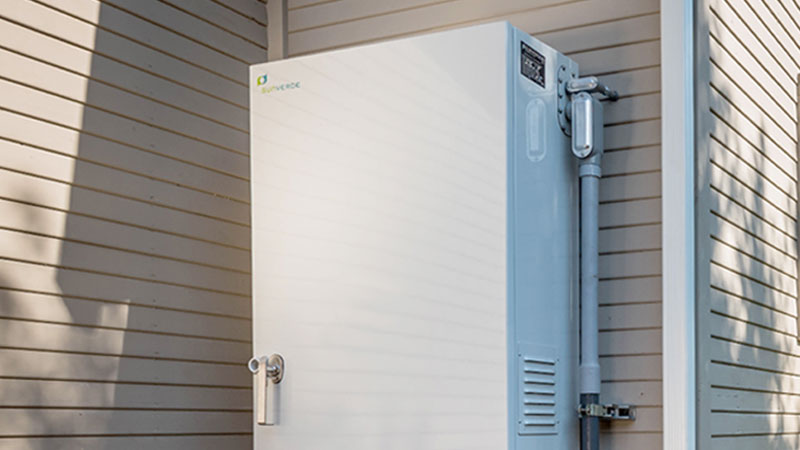Pretty much every business page on Wednesday covered Elon Musk’s second “master plan” around a future of sustainable energy. A significant component of that plan calls for combining rooftop solar panels with on-site storage into a single renewable energy package for the home.
It’s a great idea. It’s one that deserves media attention because it is important to the future of energy.
It’s such a good idea that we’ve been doing it at Sunverge for the past seven years. Working with our utility and installer partners, we’ve helped to create a seamless experience for hundreds of customers in the U.S., Australia, New Zealand and Canada.
We absolutely agree that solar+intelligent storage is the future of distributed energy resources, which in turn is the backbone of the development of the next-generation grid.
We’re moving rapidly to a future where, for example, there are millions of plug-in EVs in people’s garages – they will be 35% of new car sales by 2040. Effectively, we’re transferring the energy load of personal transportation from oil refineries producing gasoline and diesel fuel to the grid. Globally, power generation will grow 69% in the same period. The grid as it is now configured isn’t prepared for that shift; storage will have to provide much of that power and take the load off the system.
And that underscores some key places where our vision of the future differs from Mr. Musk’s, at both the micro and macro levels.
At the micro level, we think there’s incredible value in consumer choice. In fact, it’s mandatory. There are dozens of solar panel choices in the marketplace, and they use different technologies, and have different prices, efficiencies and warranties. There’s a reason for that: Every roof is different and every customer is different. The goal of “one-stop shopping” is terrific, and that’s what our partners offer. That’s not the same as “one size fits all,” which would assume Honolulu and Harlem need the same technology.
At the same time, panels have one function: Convert sunlight into electricity. The storage unit has to perform many functions: manage power consumption and load, help control individual devices in the home, operate for maximum efficiencies and cost savings.
Most important, storage has to integrate with the grid, and that’s where we differ on the macro level. The Master Plan’s goal to “empower the individual as their own utility” – in other words, to uncouple from the grid – is both unrealistic and inefficient. Solar+storage+the grid allows for resources at the edge to be aggregated, shared and efficiently managed. It adds significant levels of reliability and flexibility for everyone.
The only way you do that is with highly flexible and intelligent software control, which is where we are putting the majority of our resources. Our goal is to have software that is not only able to manage the individual storage unit and local demand, but also to connect back to the distribution grid. It will put “big data” to work on making the entire system better from the consumer on up. So the master plan’s focus on creating “stunning roofs” sort of misses the point. What really matters to the energy future is stunning software that makes the grid more resilient and saves customers money.
